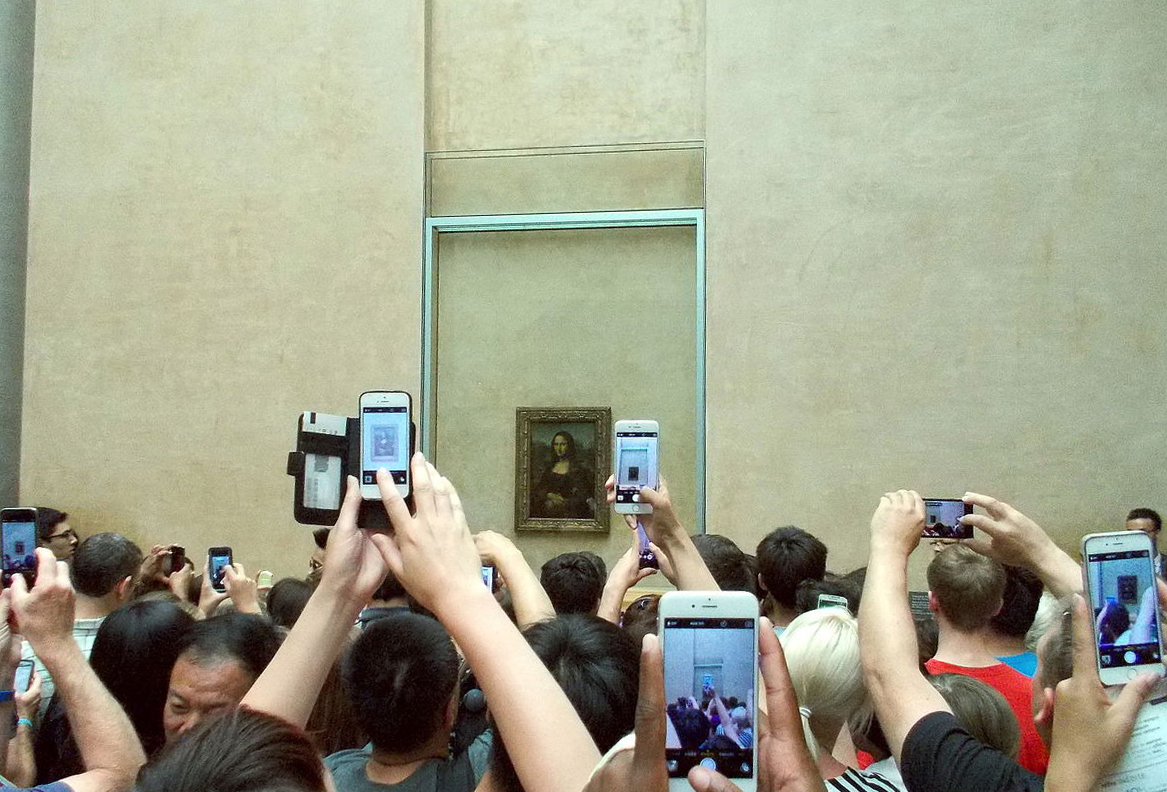I’ve had the pleasure of spending a few days in Paris, a city that always deserves to be celebrated for its beauty and fascination. I have walked through its streets and neighborhoods, delighting in every corner, although this time I have not visited the Louvre Museum. I did so a few years ago, but now I read and hear that it is too crowded. Crowds gather in front of the works of art, making it almost impossible to enjoy the visit in peace.
Nowadays, many museum visitors seem more interested in capturing images with their mobile phones than in immersing themselves in the experience that art offers. Although technology allows us to take a digital souvenir from exhibitions, this practice often distracts us from the true essence of the works. Instead of appreciating the depth, details and emotions they convey, we focus on getting the perfect photo to share on social media and prove that we have been there. However, true beauty lies in the moment of contemplation, in letting yourself be enveloped by the work and disconnecting, even briefly, from the digital world.
The clearest – and perhaps exaggerated – example of this phenomenon is the “Gioconda”, Leonardo da Vinci’s Mona Lisa, on display at the Louvre. This art icon attracts millions of visitors every year, which has generated unprecedented crowding in the room where it is exhibited. Admiring the work has become a challenge: crowds gather in front of it, and most visitors focus more on capturing an image with their phones than on observing it directly. This phenomenon has transformed the contemplation of art into an ephemeral act, mediated by screens, where personal experience is relegated by the desire to immortalize the moment.
I think this situation invites us to reflect on how modern dynamics of cultural consumption are affecting our relationship with art. Do we dedicate the necessary time to experience it fully and consciously, or do we limit ourselves to accumulating digital memories? Perhaps it is time to recover the authentic connection with the works, letting them speak to us directly, without intermediaries and without screens.


